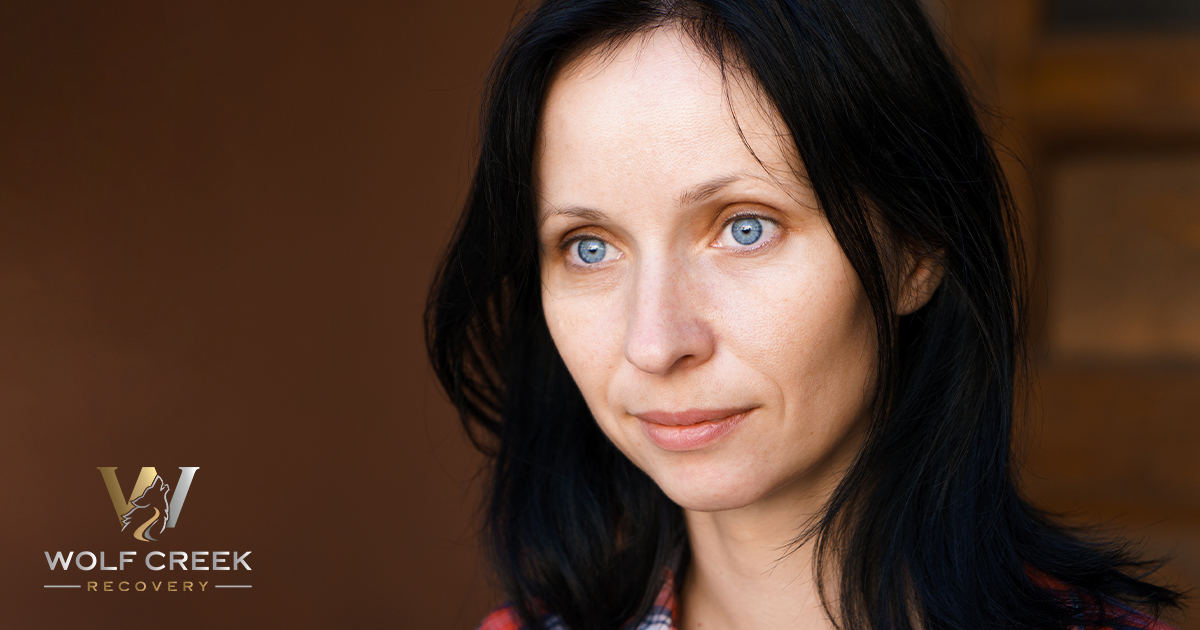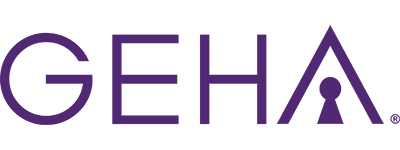When going out with friends, do you find that you tend to get carried away, drinking with the sole intention of getting intoxicated?
A heavy consumption of alcohol in a short amount of time is considered binge drinking. Binge drinking comes with potential consequences like memory loss, dehydration, and poor decision making. It may also increase your risk of developing an alcohol use disorder (AUD). In 2022, 17.2% of Arizona adults engaged in binge drinking.
Wolf Creek Recovery treats alcohol use disorders using a combination of evidence-based and holistic therapies, including outdoor therapy. Not everyone who binge drinks has AUD, but finding healthy coping skills can prevent this condition from developing. Oftentimes, just learning about binge drinking is enough to empower someone to walk away from alcohol use.
Understanding Binge Drinking
When people think of binge drinking, they often envision wild high school or college parties. However, this style of drinking happens in adults, as well. In fact, some research shows that it’s increasing. Although binge drinking might not seem like a big deal when it’s happening, people usually regret their choices later. There are immediate consequences, such as headache, nausea, and fatigue, and longer term ones as well. People engage in excessive drinking for different reasons, including to manage negative emotions or be more social.
Definition of Binge Drinking
The NIAAA defines binge drinking as a style of drinking that causes your blood alcohol concentration (BAC) to rise to 0.08% in two hours or less. Typically, this breaks down to five drinks per hour for men and four drinks per hour for women. Binging raises the risk of acute harm, such as blackouts and alcohol poisoning.
Keep in mind that one drink contains 14 grams of alcohol. This breaks down to:
- 12 ounces of beer
- 5 ounces of wine
- 1.5 ounces of spirits
Many restaurants and bars will sell 9-ounce glasses of wine or pints of beer (16 ounces), which is considered more than one drink. When you are out drinking, make sure to pay attention to the ounces you are drinking—not the number of beverages.
How Common Is Binge Drinking?
The CDC considers binge drinking to be a serious but preventable public health problem. It is also the most common and costly pattern of excessive alcohol use.
According to the 2022 National Survey on Drug Use and Health, about 61 million Americans ages 12 and older reported binge drinking in the last month. This pattern of drinking is a concern among all age groups, though certain groups are more at risk than others. For example, women who binge drink average about three sessions per month and five drinks per episode. This is concerning because women are more likely to experience negative effects from alcohol.
Older adults are also showing higher rates of excessive drinking, which is a cause for concern since they may have health conditions that are exacerbated by alcohol. Furthermore, older adults are more likely to be prescribed medications that can interact with alcohol.
Surprisingly, rates of binge drinking are decreasing among preteens, teens, and young adults, though they are still high. The same 2022 report found that 12.6% of 12th graders reported binge drinking over the last two weeks, and 28.9% of full-time college students engaged in binge drinking in the past year.
Signs of Binge Drinking
It’s important to recognize the signs of binge drinking as this behavior can get worse and require alcohol addiction treatment. The signs of binge drinking are:
- Going “all out” on weekends. Even though you may not drink on a daily basis, excessive alcohol consumption on the weekends can still become a problem.
- Difficulty controlling how much you drink. Despite your best efforts, you find yourself drinking more than intended.
- You are tired and draggy all the time. Alcohol suppresses the REM cycle and interferes with sleep. This is why you might feel tired and irritable in the morning.
- Experiencing blackouts. Alcohol-induced blackouts typically occur when your BAC is at 0.16 or above. This significantly impairs abilities and can cause you to experience memory gaps.
- Embarrassing behaviors. Looking back, did you engage in embarrassing behaviors, such as starting a fight or dancing on the table?
- Friends and family are showing concern. Do your friends and family tell you to slow down? You may believe that you have things under control, but being called out on this behavior is a sign that something is not right.
Consequences and Health Effects of Binge Drinking
Understanding the consequences and health effects of binge drinking can give you the motivation needed to cut back. Each person is different, so the effects can vary based on your genetics, how often you binge, how much you drink when you binge, and preexisting health conditions. In general, the negative effects of binge drinking include:
- Alcohol poisoning/overdose
- Chronic physical problems
- Mental health problems
- Impaired memory functions
- Difficulty learning
- Weight gain or obesity
- Increased risk for cancer
- Fetal alcohol spectrum disorders (FASDs)
Binge Drinking and Alcohol Use Disorder
Binge drinking is not the same as having alcohol use disorder. Not everyone who binge drinks has AUD, and not everyone who has AUD binge drinks.
To expand on this, binge drinking is a style of drinking that raises your BAC to 0.08% in two hours or less. Binge drinking on occasion does not mean that you are physically dependent on alcohol. Instead, it’s more of a behavior. However, if you binge drink on a regular basis, you may have a higher chance of developing AUD.
Alcohol use disorder, on the other hand, is a mental health diagnosis. People with AUD continue to drink alcohol despite negative consequences in their life. Even if they want to quit or cut back, they are unable to do so without support.
Binge Drinking Prevention
The best way to avoid binge drinking is by not drinking at all. For some, that can feel impossible, and treatment should be the next step. Here are some tips for cutting back on your alcohol use:
- Understand your behavior. Think about why you may be engaging in binge drinking. Is it boredom? Peer pressure? Work-related stress? Once you understand what’s triggering you to drink excessively, you can work out a plan to avoid these triggers.
- Give yourself limits. When you do go out with friends, establish specific limits. For example, you can set a limit for how much you drink or how much you spend in one night. You may also want to set a time for when you will leave. Let your friends know so that they can hold you accountable.
- Alternate with other beverages. If you do choose to have a drink, alternate with water, soda, mocktails, or other alcohol-free alternatives. Also, be sure to eat a good meal.
- Explore new hobbies and activities. Planning alcohol-free days can help you cut back on drinking and find new ways to spend your time. Outdoor activities, immersive gaming experiences, and local attractions are all options worth pursuing.
Getting Help for Binge Drinking in Prescott, AZ
Binge drinking is a dangerous pattern of behavior that can put you at risk for accidents, injuries, and alcohol use disorder. Recognizing the harmful effects of binge drinking is a first step toward recovery. Often, people don’t realize that binge drinking is dangerous because it’s often done in social settings where alcohol is socially acceptable.
For those who regularly engage in this behavior and are showing signs of mild, moderate, or severe AUD, a treatment program can be beneficial. Treatment services for AUD exist on a spectrum, ensuring you get the right level of support. Even mild AUDs benefit from therapy, as this is an opportunity to explore the reasons for your drinking and healthier ways to cope.
Are you ready to build a life you love? Wolf Creek Recovery can help you get here! Our mission is to meet clients where they are, allowing us to give each individual the care and attention they need. Clients also have access to holistic therapies, including adventure and outdoor therapy. To learn more about taking the next steps toward recovery, contact Wolf Creek Recovery at 833-732-8202.
FAQs About Binge Drinking
What is binge drinking?
Binge drinking is when you consume enough alcohol to bring your blood alcohol concentration (BAC) to 0.08 in two hours or less. This is usually around 5 or more drinks for men per hour, and 4 or more drinks for women per hour.
What are the health risks associated with binge drinking?
People who engage in binge drinking have a higher risk for accidents and injuries, mental health disorders, and alcohol overdose. They can also develop alcohol use disorder over time.
Can binge drinking cause weight gain?
Alcohol can play a role in weight gain because it stops your body from burning fat, it’s high in calories, and it can cause you to eat more. Plus, the foods you crave are often high in fat, sodium, and sugar.
What are ways to lessen the effects of binge drinking?
Abstaining from alcohol is the best way to avoid the effects of alcohol. However, if you choose to drink, keep track of what you are drinking, set a limit for yourself, and alternate with alcohol-free options. Avoiding triggers and seeking support can also be helpful at understanding the root causes of this behavior.











